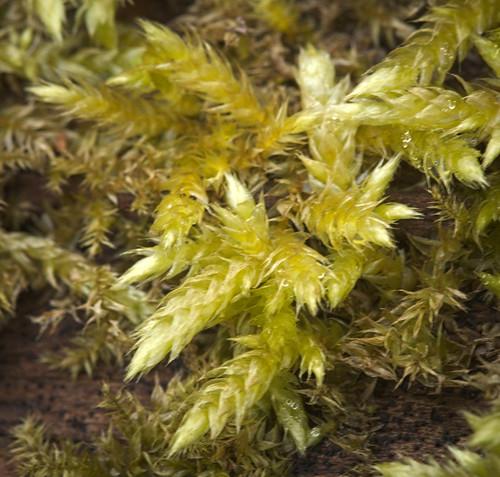
49821157362_626fc608c0.jpg from: https://www.flickr.com/photos/hedera_baltica/49821157362
Introduction
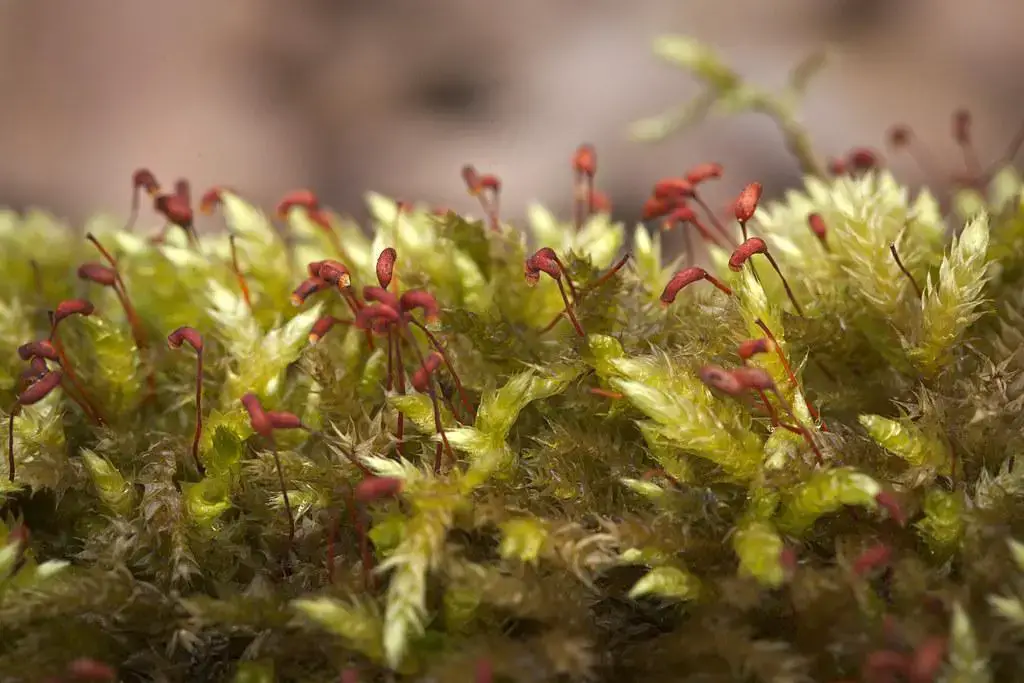
49791625208_a8f03e8ab5_b.jpg from: https://www.flickr.com/photos/hedera_baltica/49791625208
Mosses are fascinating and ancient plants that play important ecological roles across the globe. One particularly interesting species is Isothecium hakkodense Besch., a moss in the Lembophyllaceae family that is commonly known as just Isothecium. In this blog post, we’ll take an in-depth look at the morphology, distribution, habitat, and ecology of this unique moss species.
Background
Mosses are non-vascular plants in the division Bryophyta. They lack true roots, stems, and leaves, instead having structures that serve similar functions. Mosses reproduce via spores rather than seeds and are found in a wide variety of habitats worldwide, from arctic tundra to tropical rainforests.
The Lembophyllaceae family contains around 170 species of mosses, primarily found in temperate regions of the Northern Hemisphere. The genus Isothecium includes around 20 species.
Morphology and Identification
Isothecium hakkodense is a pleurocarpous moss, meaning its reproductive structures (sporophytes) grow laterally from the stems. The stems are creeping to ascending, irregularly branched, and typically 2-8 cm long. Leaves are ovate-lanceolate, 1-2.5 mm long, and have a strong single costa (midrib) that extends 1/2 to 3/4 the leaf length.
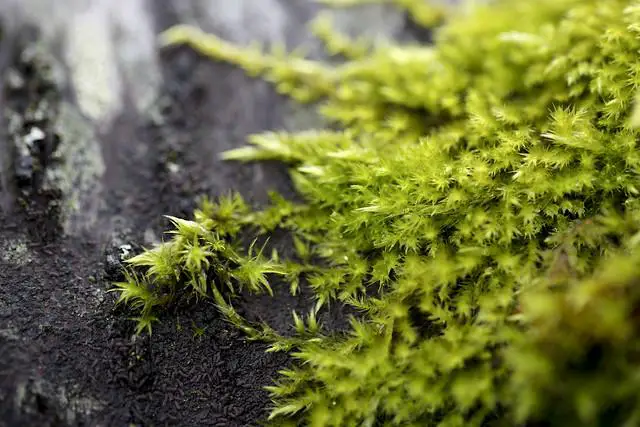
8624486703_6eea92d730_z.jpg from: https://www.flickriver.com/photos/maximillian_millipede/8624486703/
One key identifying feature is that the leaf cells are elongate and smooth, lacking papillae. The alar cells (cells at the basal corners of the leaves) are quadrate to short-rectangular. Sporophytes are relatively uncommon, with an erect, cylindrical capsule on a smooth seta 1-2.5 cm long.
Global Distribution and Habitat
I. hakkodense has a scattered global distribution, being found in parts of Asia, Europe, and North America. In Asia, it has been recorded in Japan, Korea, China, and the Russian Far East. European locales include the British Isles, Norway, Germany, and Romania. In North America, it occurs across southern Canada and the northern United States.
This moss is found in montane to subalpine habitats, typically in coniferous forests. It grows on tree trunks, branches, logs, and sometimes rocks, generally in damp, shaded sites at elevations of
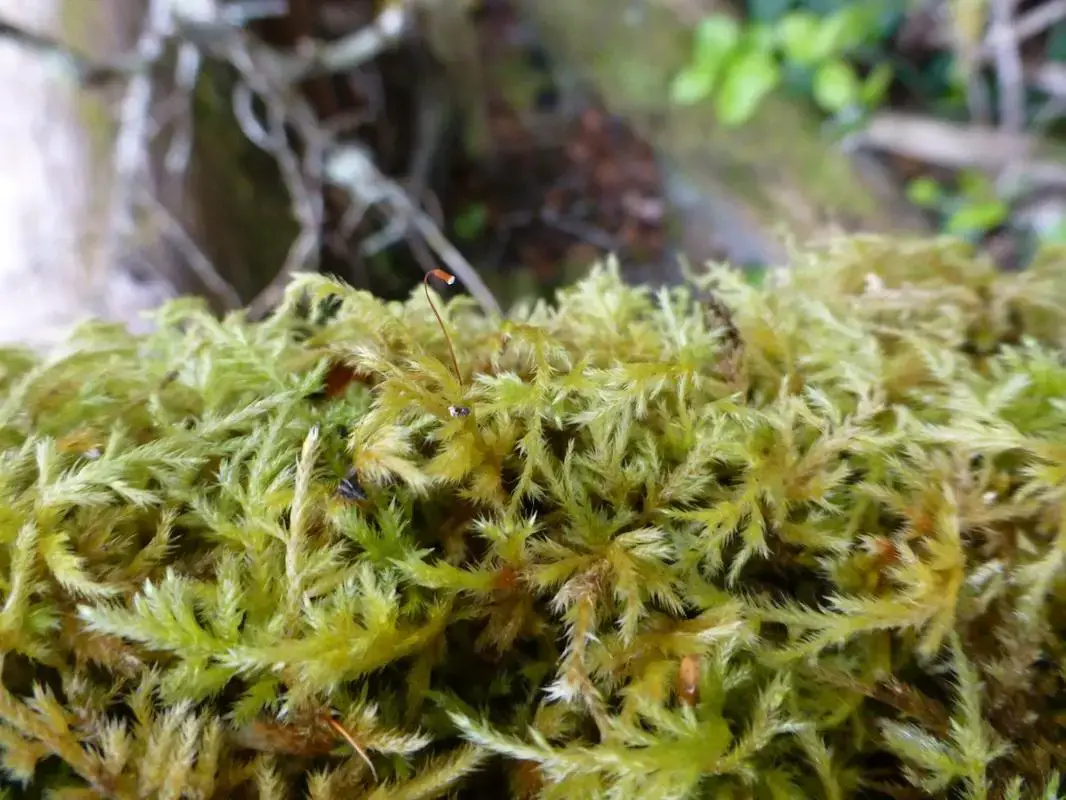
6759538_orig.jpg from: https://www.centralcoastbiodiversity.org/cat-tail-moss-bull-isothecium-myosuroides.html
700-2500 meters. In Japan, it often occurs on Abies and Tsuga trees.
Ecological Roles and Adaptations
Like other mosses, I. hakkodense plays several important roles in its forest ecosystems:
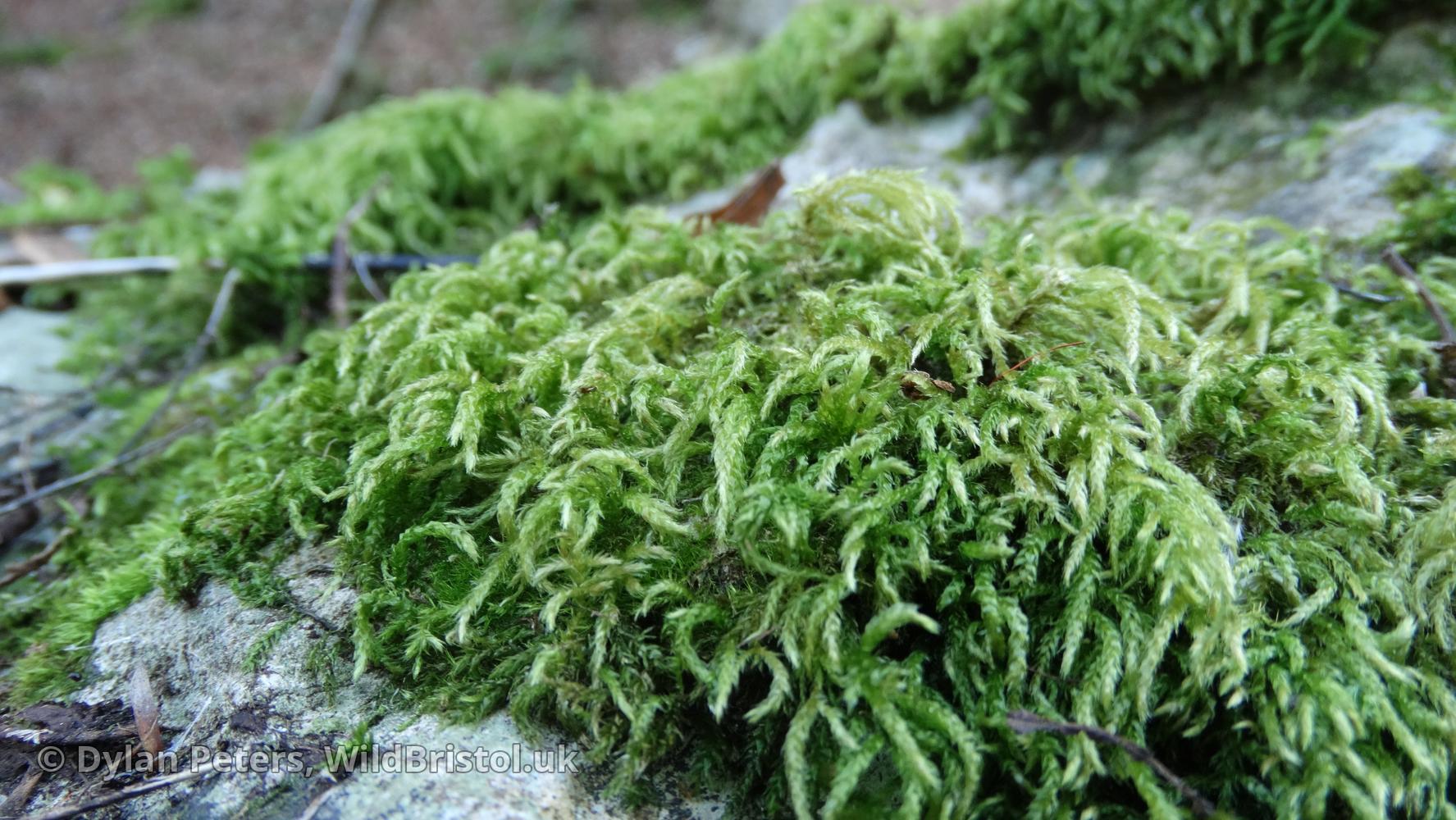
200323154216_DSC04406.JPG.full.JPG from: https://wildbristol.uk/groups/ferns-horsetails-mosses-liverworts/larger-mouse-tail-moss/
Regulation of moisture and temperature: The dense mats formed by moss colonies help retain moisture and stabilize temperatures at the soil surface. This benefits vascular plants and small invertebrates.
Nutrient cycling: Mosses trap and accumulate nutrients from the atmosphere, canopy throughfall, and litter decomposition. These nutrients become available to other organisms.
Provision of habitat: Many micro-organisms and small invertebrates live among moss cushions, which offer shelter, moisture, and food sources. Some birds use mosses for nesting material.
Pioneer species: Mosses are often among the first species to colonize disturbed areas like burned or logged sites, helping to stabilize the soil and pave the way for succession.
To thrive in its cool, damp forest habitats,
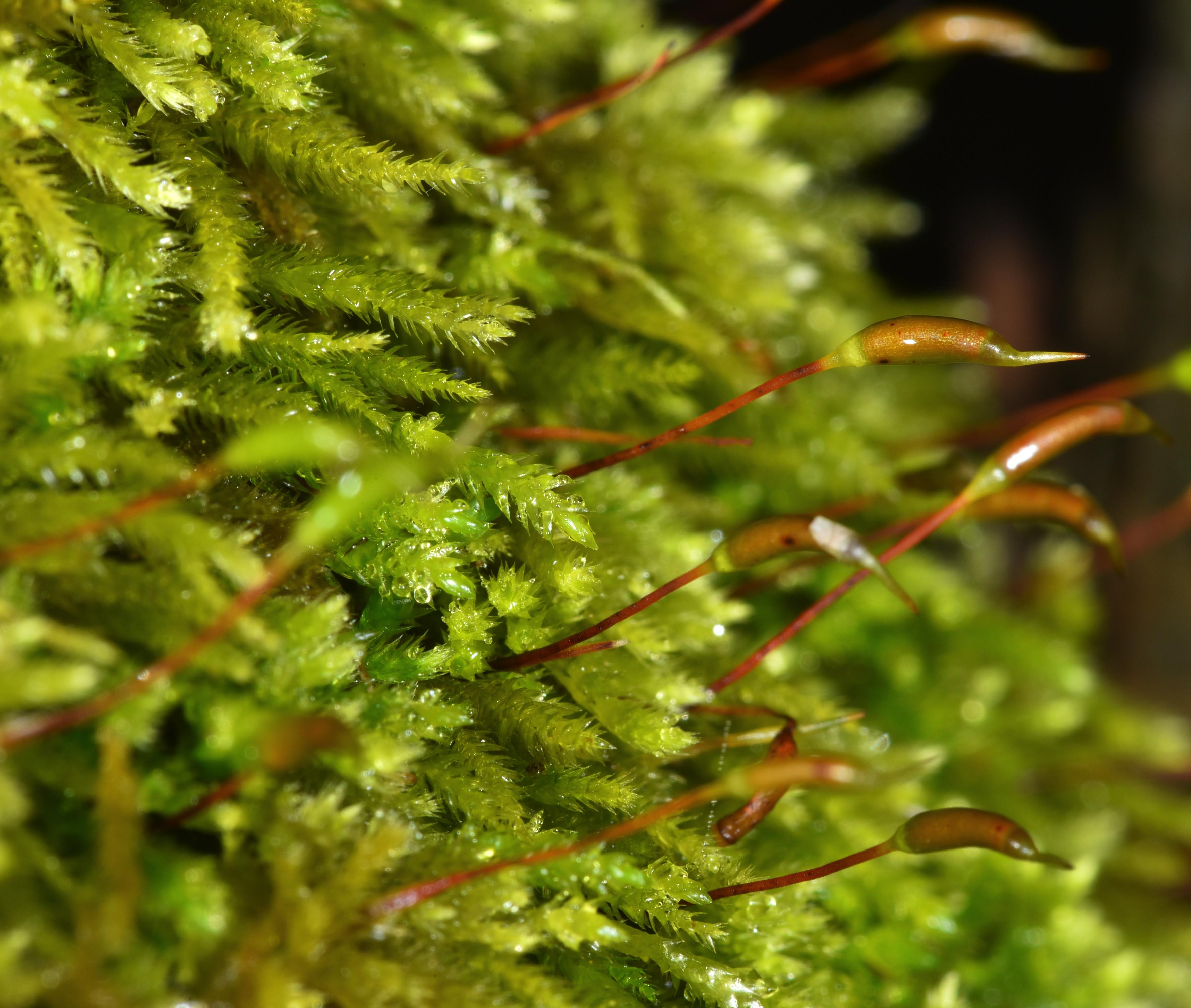
isothecium_obtusatulum.jpg from: https://www.earth.com/plant-encyclopedia/Bryophytes/Brachytheciaceae/isothecium-obtusatulum/en/
I. hakkodense has several adaptations:
Poikilohydry: Like all mosses, I. hakkodense can tolerate desiccation and rehydrate quickly, allowing it to survive periodic drying.
Ectohydry: Mosses lack water-conducting tissues and absorb water over their entire surface. The dense growth form helps retain moisture.
Shade tolerance: I. hakkodense is adapted to low light conditions in the forest understory, with a low light compensation point.
Case Studies and Examples
A 2015 study in Japan (Kubota et al.) investigated the epiphytic bryophyte communities, including I. hakkodense
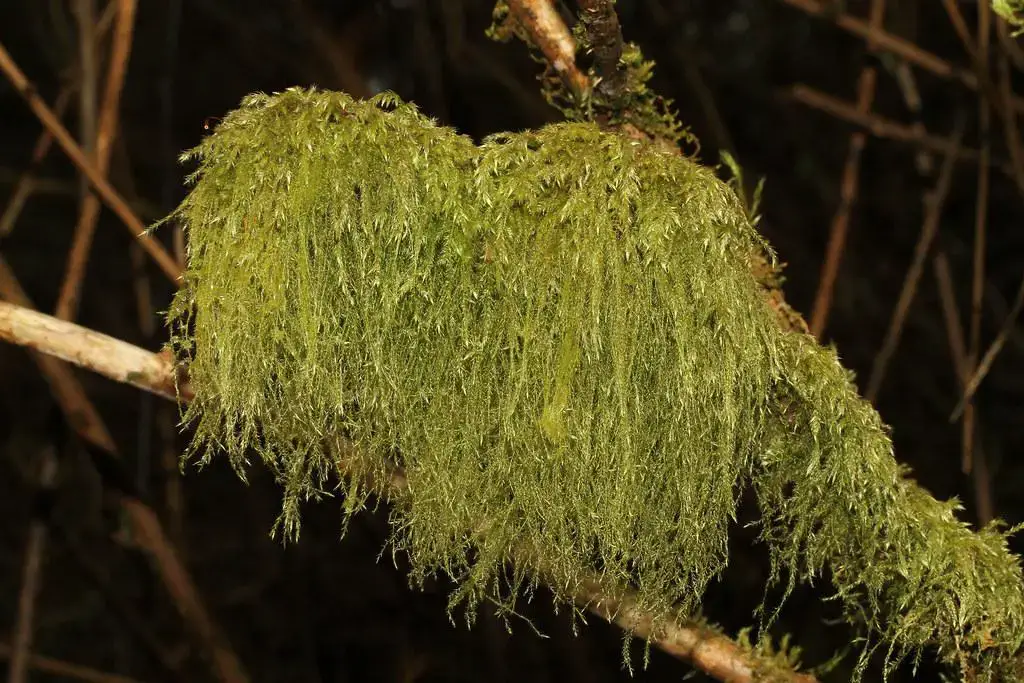
34418847575_a4e4bd73ec_b.jpg from: https://www.flickr.com/photos/44691276@N06/34418847575/
, in sub-alpine Abies forests. They found that moss species composition was influenced by tree species, bark pH, and moisture conditions. I. hakkodense was among the most frequent species, occurring on 63% of Abies trees sampled.
Another Japanese study (Oishi 2009) examined the effects of moss colonies, including I. hakkodense, on soil properties in an old-growth Cryptomeria japonica forest. Soil under moss colonies had significantly higher moisture, organic matter, and nutrient levels compared to adjacent bare soil. The moss colonies were important in maintaining soil fertility in this ecosystem.
Moss Comparison Table
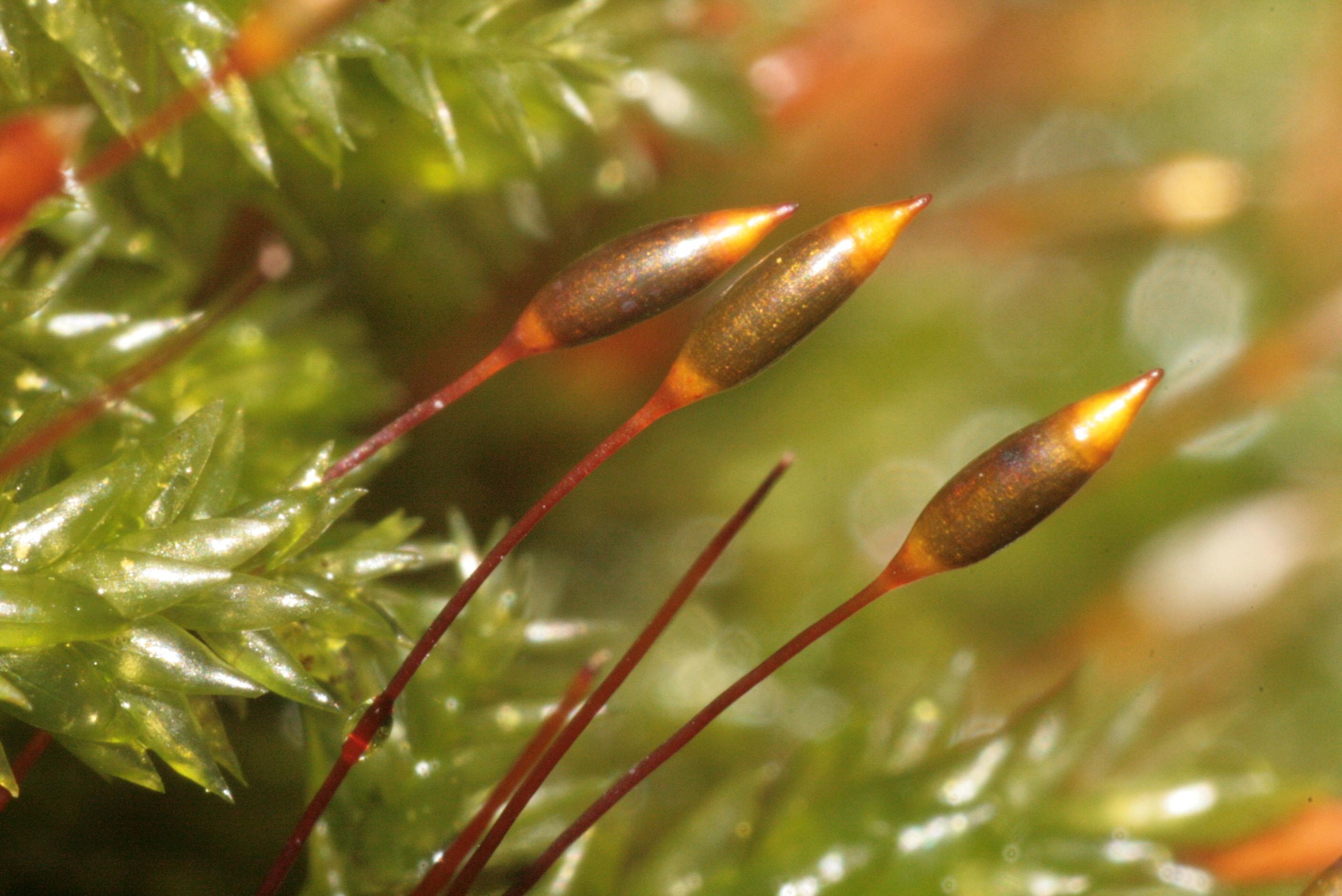
Isothecium_alopecuroides_IMG_4538.jpg from: https://de-academic.com/dic.nsf/dewiki/2386690
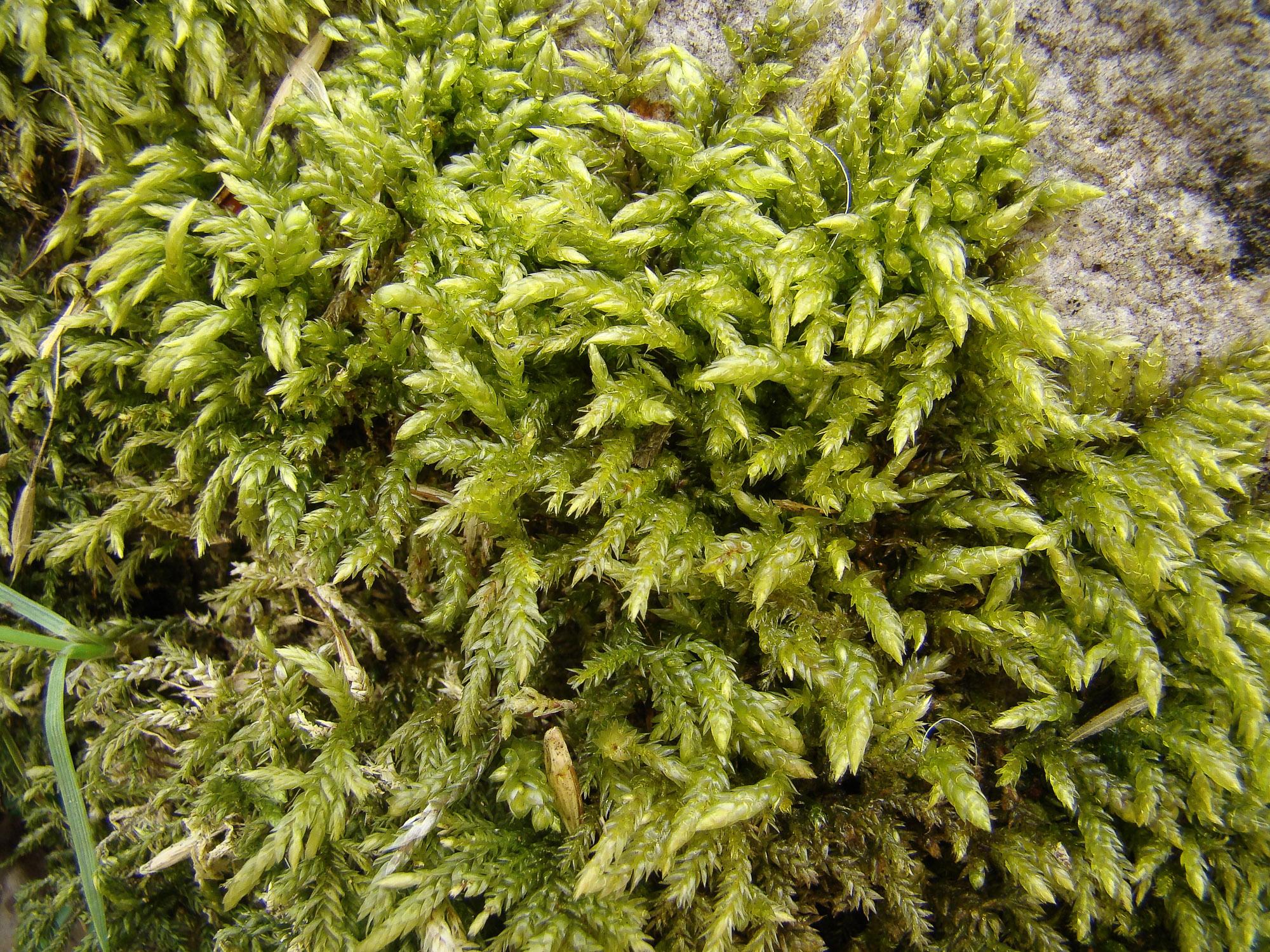
Isothecium-alopecuroides-408.jpg from: https://www.britishbryologicalsociety.org.uk/learning/species-finder/isothecium-alopecuroides/
| Moss Species | Family | Distribution | Habitat | Elevation (m) | Substrate |
|---|---|---|---|---|---|
| Isothecium hakkodense | Lembophyllaceae | Asia, Europe, N. America | Montane-subalpine forests | 700-2500 | Trees, logs, rocks |
| Isothecium myosuroides | Lembophyllaceae | Europe, W. Asia, N. Africa | Lowland-montane forests | 0-1800 | Trees, rocks |
| Hypnum cupressiforme | Hypnaceae | Cosmopolitan | Various forests, grasslands, tundra | 0-4000 | Various |
| Thuidium tamariscinum | Thuidiaceae | Europe, Asia, N. & C. America | Lowland-montane forests | 0-2000 | Soil, logs, trees |
Conclusion
Isothecium hakkodense is a prime example of the fascinating diversity of mosses and the important roles they play in ecosystems worldwide. Though small and unassuming, mosses like I. hakkodense are essential components of their habitats, influencing moisture, nutrients, and biotic communities.
The next time you walk through a cool, damp forest, take a closer look at the intricate world of mosses under your feet. What other roles might these ancient plants be playing that we have yet to discover?
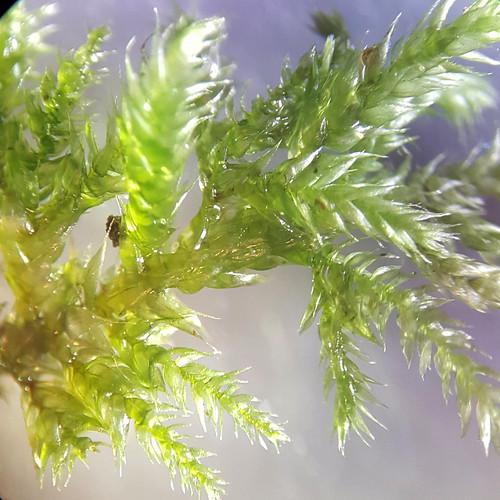
50112460938_26a900458c.jpg from: https://www.flickr.com/photos/21657471@N04/50112460938/